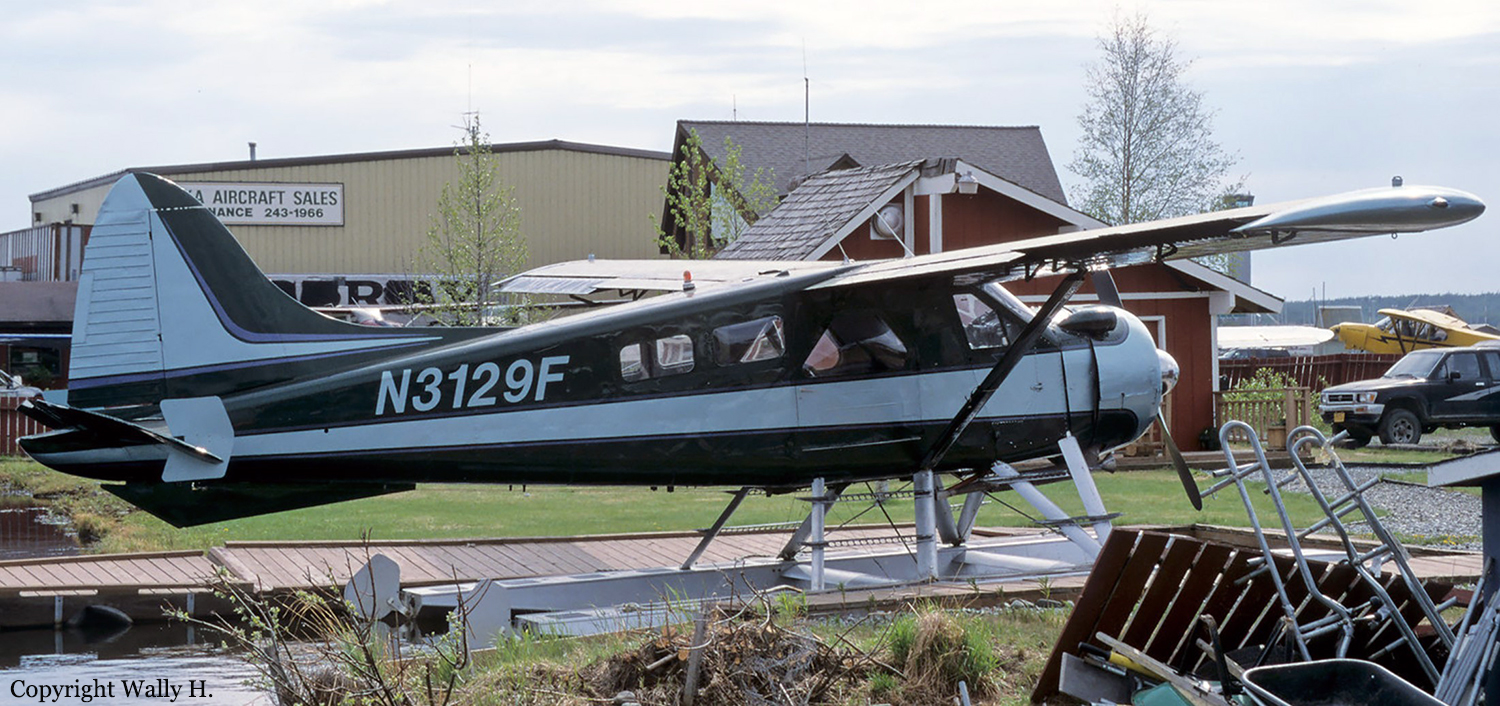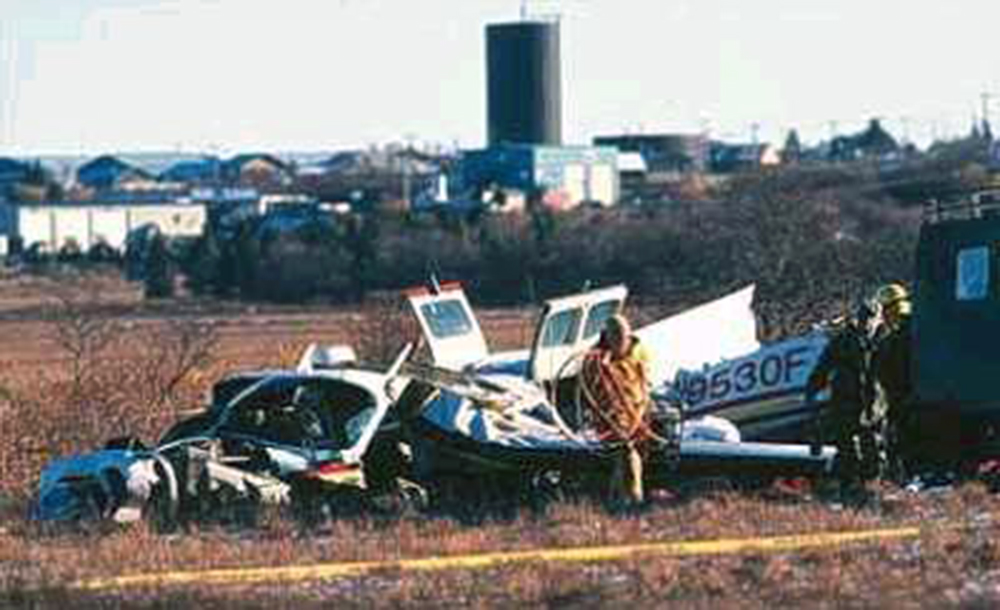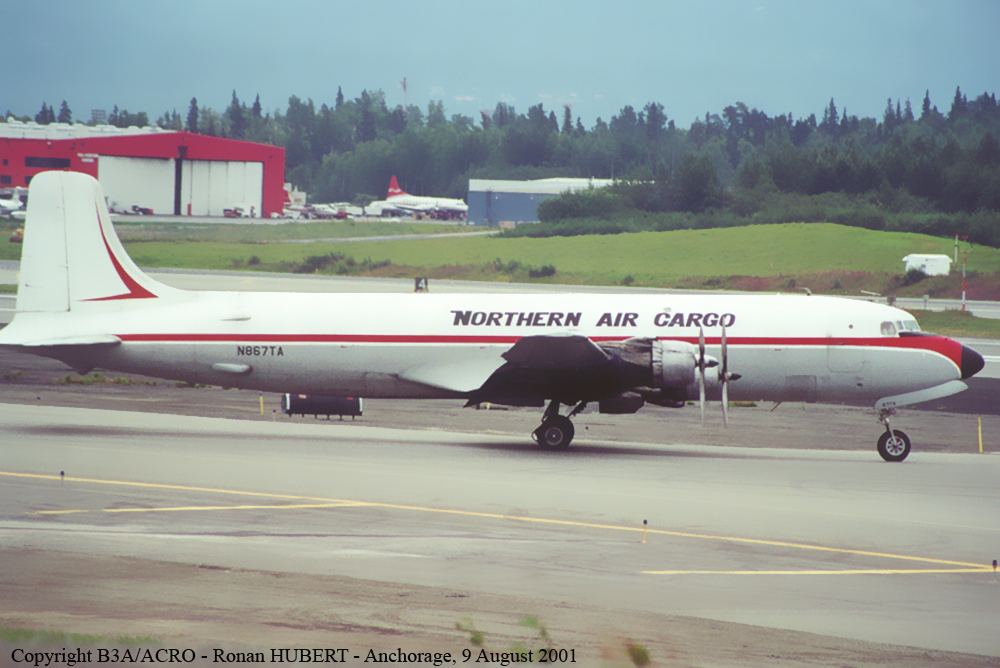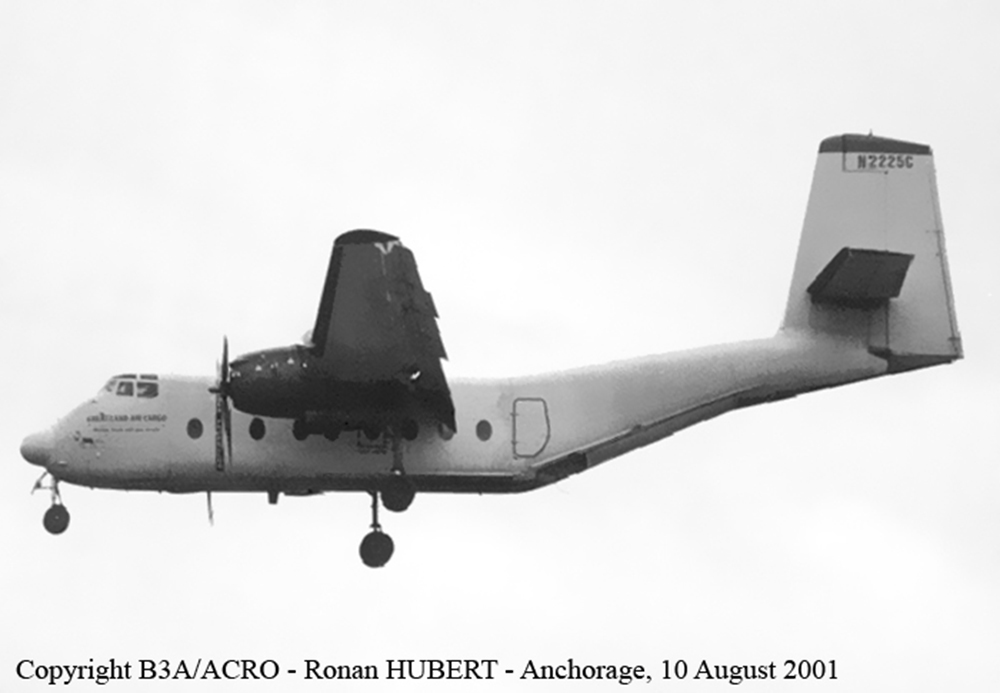Crash of a De Havilland DHC-2 Beaver near Port Alsworth: 4 killed
Date & Time:
Jul 12, 2002 at 1145 LT
Registration:
N3129F
Survivors:
No
Schedule:
Anchorage - Iliamna
MSN:
903
YOM:
1956
Crew on board:
1
Crew fatalities:
Pax on board:
3
Pax fatalities:
Other fatalities:
Total fatalities:
4
Captain / Total hours on type:
258.00
Aircraft flight hours:
12698
Circumstances:
The commercial pilot of the float-equipped airplane was transporting passengers to a lodge at a remote lake. When the airplane did not arrive at the lake, a search was initiated, and two days later the wreckage of the airplane was located on the side of a box canyon about the 2,400 foot elevation level. The canyon is oriented approximately east-west, and the wreckage was distributed along a 100 foot debris field on the north flank of the canyon. Ground scars and wreckage distribution were consistent with the airplane impacting terrain in a steep left bank while executing a turn to reverse direction. No evidence of any preimpact mechanical anomalies was discovered.
Probable cause:
The pilot's failure to maintain clearance from terrain while maneuvering inside a box/blind canyon, resulting in an in-flight collision with terrain. A factor contributing to the accident was the box/blind canyon.
Final Report:










